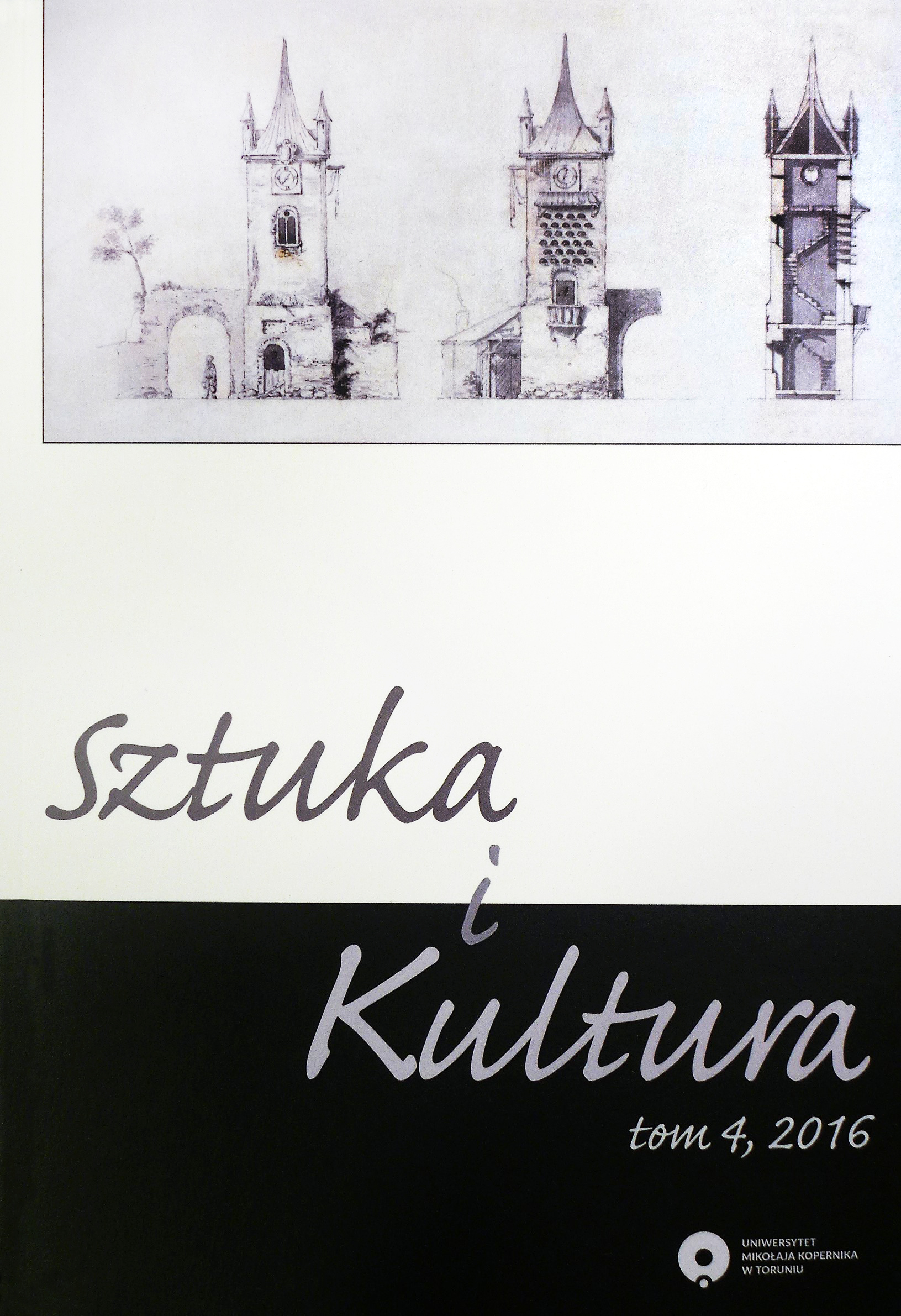Jak wykorzystywać okulografię w muzeum – przyczynek do dyskusji
DOI:
https://doi.org/10.12775/SZiK.2016.010Słowa kluczowe
okulografia, neurohistoria sztuki, wizualność, metodologia historii sztuki, ekspozycja, malarstwoAbstrakt
The article presents the results of eye tracking research conducted in The District Museum of Toruń (Muzeum Okregowe w Toruniu), within the exhibition entitled Polish painting and sculpture from 1945-2010 in the collection of the District Museum of Toruń (Malarstwo i rzeźba polska od 1945 do 2010 roku w zbiorach Muzeum Okregowego w Toruniu) in July 2016. Its aim was to register eyeball movements of eleven people whose task was to enjoy the exhibition without any time limits. The experiment was to provide the answer to the question about the usefulness of eye tracking to museology. The results turned out to be a valuable point of reference for discussion. Despite the fact that the paper constitutes a form of prolegomena to the topic, some noteworthy issues do indeed appear, including: the question of what our strategy of viewing/looking at paintings is, the problem of the viewer’s behaviour in a museum space, the usefulness of eye tracking in preparing expositions, catalogues and guides. The project was financed out of the budget of Toruń (President’s scholarship), conducted in cooperation with the District Museum of Toruń.Pobrania
Opublikowane
2016-12-01
Jak cytować
1.
KĘDZIORA, Łukasz. Jak wykorzystywać okulografię w muzeum – przyczynek do dyskusji. Sztuka i Kultura [online]. 1 grudzień 2016, T. 4, s. 313–339. [udostępniono 8.12.2025]. DOI 10.12775/SZiK.2016.010.
Numer
Dział
Artykuły
Statystyki
Liczba wyświetleń i pobrań: 828
Liczba cytowań: 0



